It’s the question that’s been hanging in the air ever since the original Jurassic Park hit cinemas in 1993.
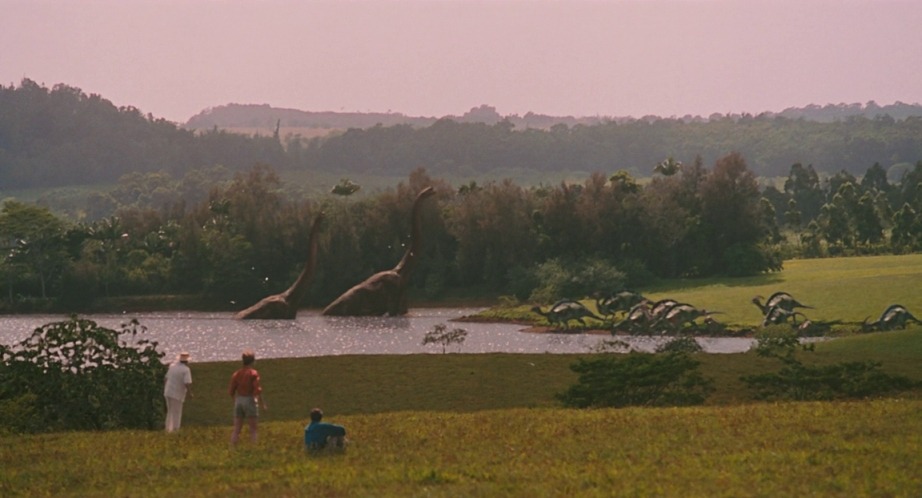
If we somehow managed to bring dinosaurs back, could we actually build a park around them? Could humans safely coexist with creatures that ruled the Earth 65 million years ago? The short answer is: not easily. The longer answer involves genetics, ecology, ethics, engineering, and a fair bit of hubris.
Here’s what would have to happen—and what would probably go wrong—if we ever tried to turn fiction into reality.
DNA from amber isn’t the magic bullet we hoped for.

Despite all the fictional talk of amber-preserved DNA, we’re nowhere near being able to clone a real dinosaur. DNA degrades quickly over time, and after 65 million years, it’s essentially dust. Even the best-preserved samples scientists have found are incomplete, contaminated, and chemically degraded. As palaeogeneticist Dr. Beth Shapiro explains in her book How to Clone a Mammoth, even species just thousands of years old present enormous challenges when it comes to DNA recovery.
Reverse engineering dinosaurs from birds is only half the story.
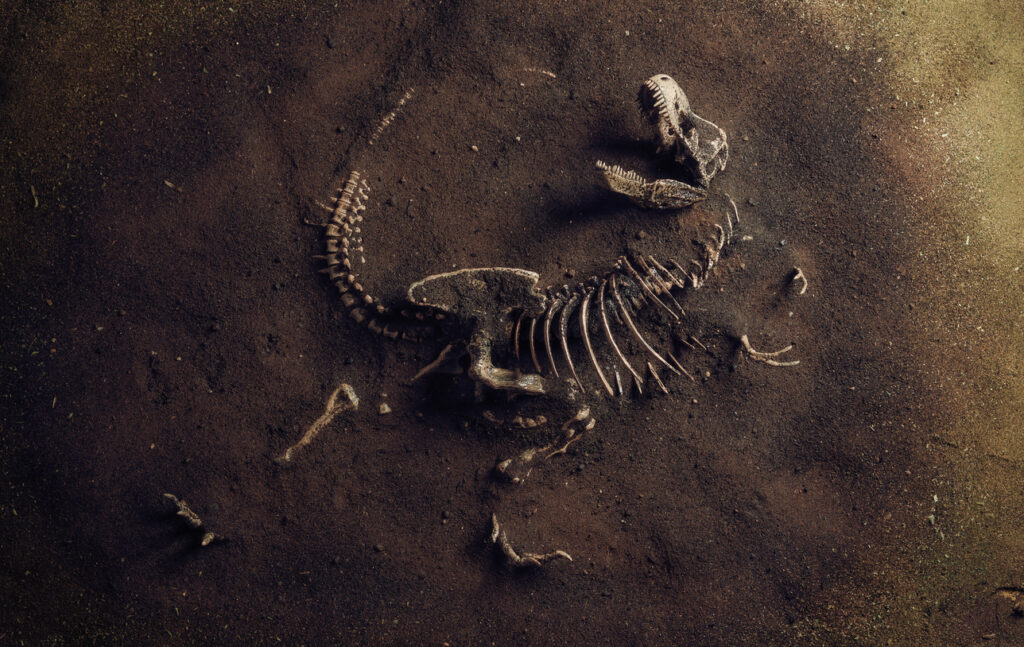
Scientists have managed to extract proteins from dinosaur fossils—most famously from a 68-million-year-old T. rex femur, as reported in Science in 2007. These proteins offer clues, but they’re nowhere near enough to build an entire genome. Some researchers are instead turning to “reverse engineering.” Since birds are direct descendants of dinosaurs, a few ambitious scientists, like palaeontologist Jack Horner, have proposed tweaking bird embryos to “switch on” dormant ancestral traits. Think chickens with teeth or long tails—a project jokingly referred to as creating a “chickenosaurus.”
Even if we did manage to revive a dinosaur-like creature, it wouldn’t be a true dino. It would be a genetic approximation at best—a biological remix rather than a proper reboot.
Dinosaurs wouldn’t survive in today’s world.
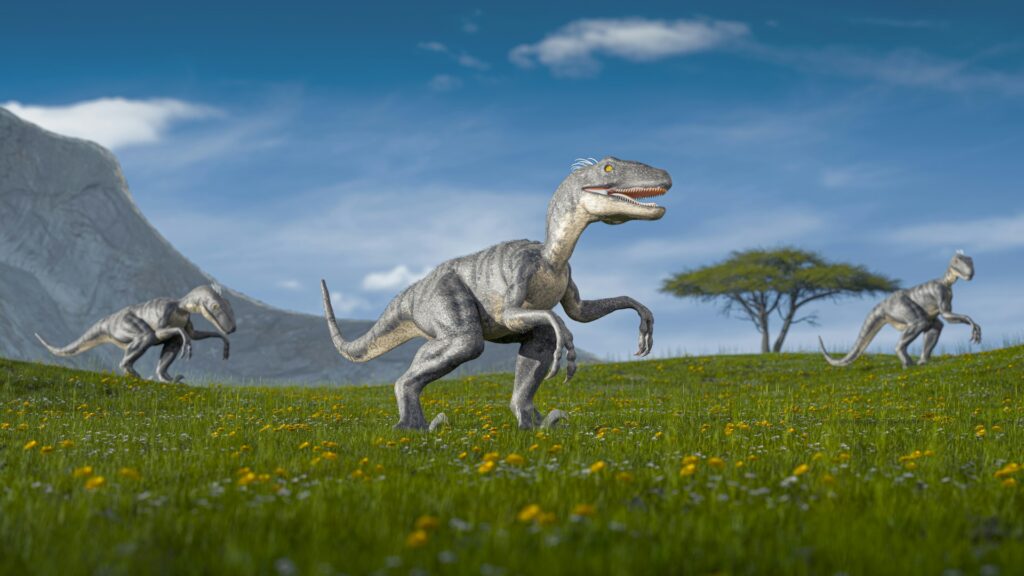
Dinosaurs weren’t designed for the modern world. They evolved in entirely different ecosystems, with different atmospheric compositions, food chains, and climate patterns. We don’t even know what many of them ate, how they behaved in the wild, or what diseases they might be vulnerable to now. Creating an artificial habitat that mimics their natural environment would be a logistical nightmare.
According to a 2013 study from the University of Leicester, many dinosaurs may have thrived in an atmosphere with much higher carbon dioxide than we have today. That affects everything from plant life to thermoregulation. So unless you’re building your dino enclosure inside a giant biosphere, good luck keeping them comfortable.
Building the park itself would be an engineering headache.
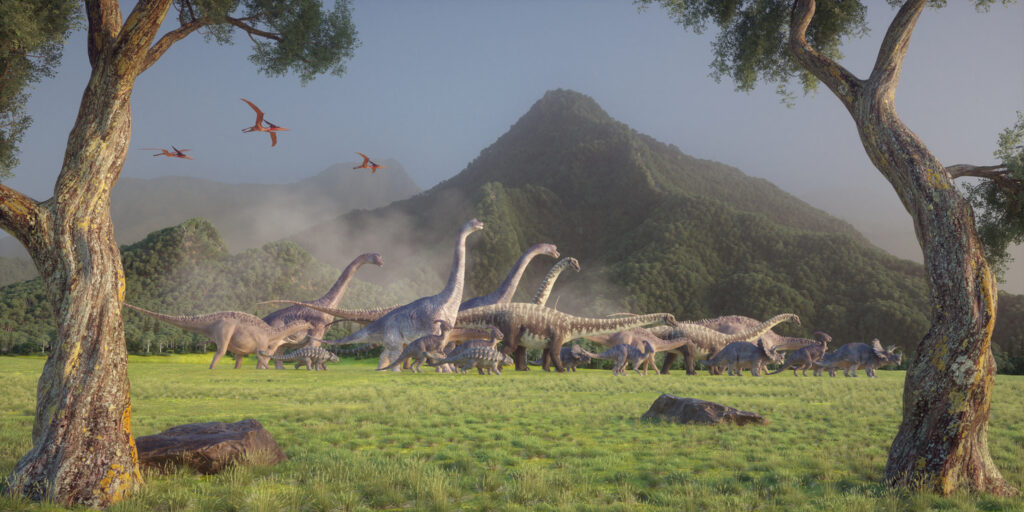
Assuming you manage to create a few living dinosaurs, you’re going to need a place to put them—and it’s not just about building tall fences. The infrastructure needed to house multiple species of varying size and temperament would be unprecedented. Each species would likely require a custom-designed environment. Herbivores might need vast grazing areas, while predators could demand reinforced enclosures and advanced feeding systems.
Power supplies, waste management, veterinary facilities, and backup systems would also need to be on constant standby. Running such a park wouldn’t be like operating a zoo—it would be more like maintaining a high-security research facility on a massive scale.
Keeping them contained would be nearly impossible.

Jurassic Park made it seem like tall fences and electric barriers would be enough, but modern animal containment is a lot more complex than that. Zoos and wildlife parks rely on a combination of physical barriers, behavioural conditioning, and environmental design to manage much smaller, more predictable animals. With dinosaurs—particularly the bigger, more aggressive species—those methods would be tested to their limits.
Take a predator like T. rex. We can estimate its bite force and speed, but we’ve never observed one directly. How do you design an enclosure for something that’s potentially smarter and stronger than you expect? And how do you plan for behaviours we haven’t even imagined yet?
Dinosaurs would likely struggle with disease and stress.
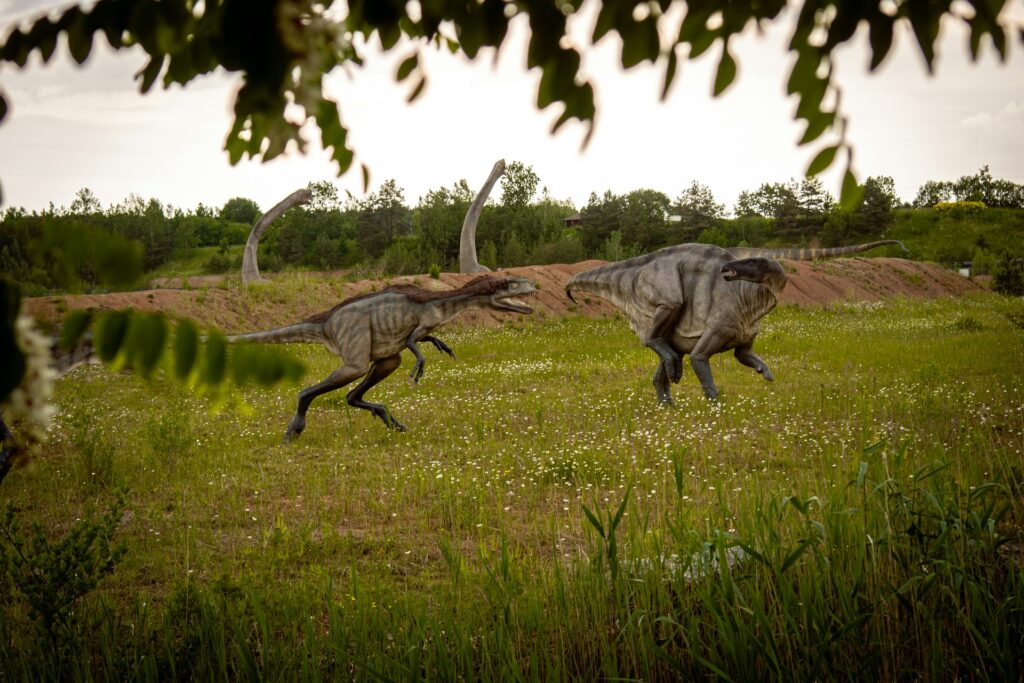
Even if we could contain dinosaurs physically, we’d be playing a risky game with their health. Modern vets and zoologists are trained to care for contemporary species with known biology. Dinosaurs? We have no idea how their organs functioned, how fast they metabolised food, what pathogens they’re susceptible to, or even how to sedate them safely.
In a 2020 paper in Paleobiology, researchers argued that many dinosaurs likely had completely different immune systems from any modern species. That makes them vulnerable—not only to diseases they might pick up from other animals or humans, but also to the very air and water in our world. Basically, you’d be resurrecting them only to risk wiping them out all over again.
Feeding them would be a full-time nightmare.

What do you feed a Triceratops? Or a Velociraptor? We have some educated guesses, but feeding a dinosaur isn’t as simple as chucking in a steak or a bale of hay. Many species likely had highly specific dietary needs, and we don’t know exactly what those were. You’d have to grow custom vegetation for herbivores or breed animals just to feed the carnivores—raising obvious ethical and logistical questions.
Some palaeontologists suggest that feeding requirements alone would be enough to bankrupt a dinosaur park within months. And if you get it wrong? Starvation, illness, and aggressive behaviour would follow fast.
Their behaviour would be dangerously unpredictable.
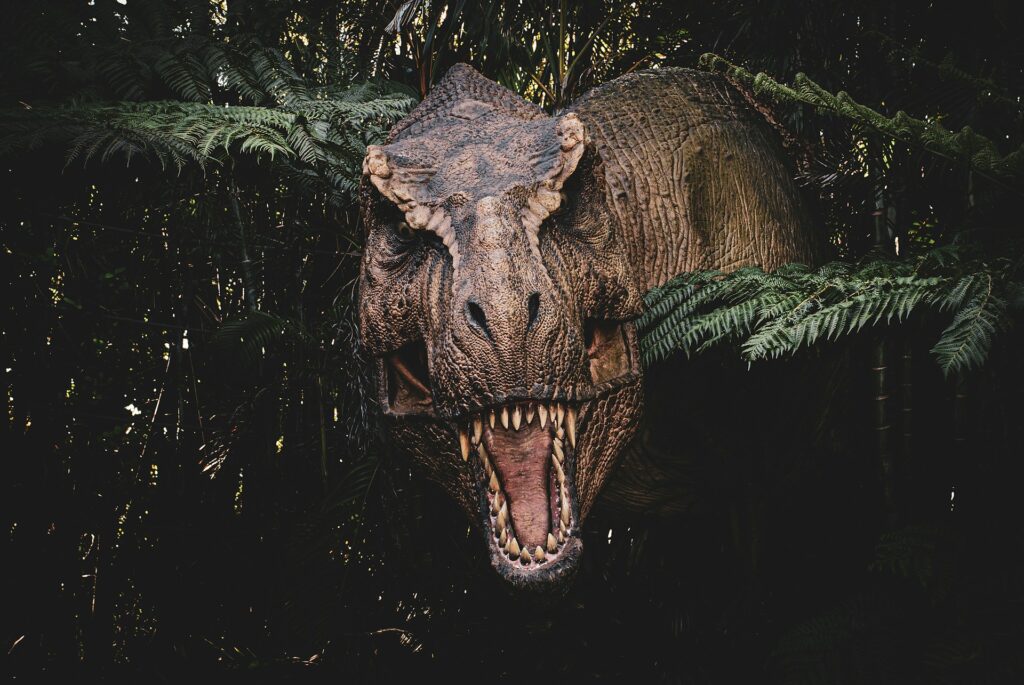
We’ve got fossil evidence, trackways, and even nesting sites—but we don’t have footage. That means most of what we “know” about dinosaur behaviour is still speculative. Sure, we can guess that certain species travelled in herds or defended their nests, but we don’t really know how aggressive they were, how territorial they got, or how easily they could be conditioned.
Without clear behavioural data, training or managing them becomes guesswork. And guesswork gets dangerous fast when you’re dealing with three-tonne lizards with claws, teeth, and attitude.
The ethics of it are hard to defend.
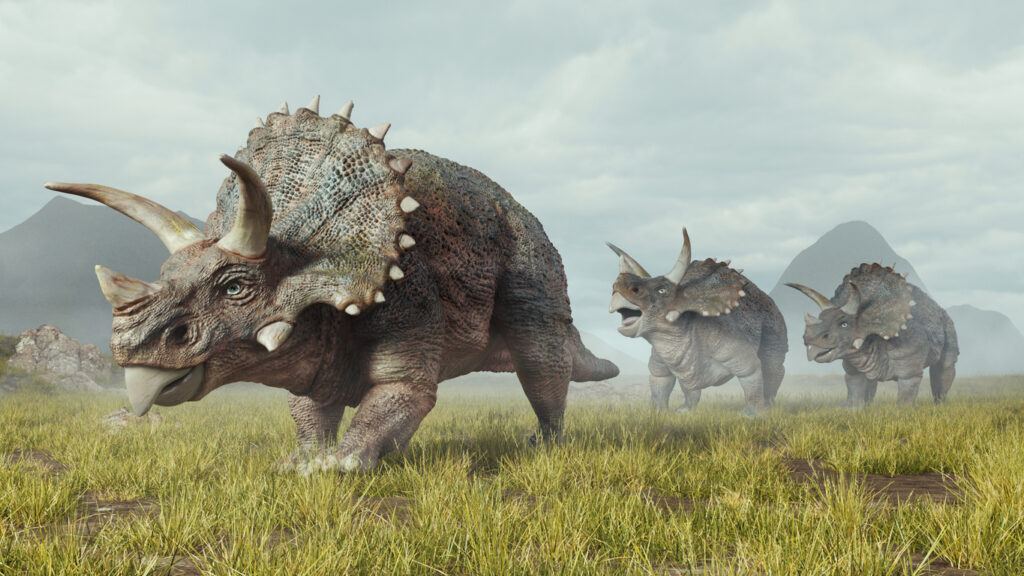
Even if you had the science and engineering sorted, you’d still face enormous ethical hurdles. Is it fair to bring back a species that has no natural place in today’s world? Would the dinosaurs be treated as living animals, or simply as attractions? Would we owe them a decent quality of life?
Many conservationists argue that “de-extinction” projects distract from more urgent, achievable goals—like protecting endangered species we still have. As a 2017 paper in Nature Ecology & Evolution puts it, the resources required to bring back and maintain extinct animals would be better spent preserving biodiversity that’s already struggling.
It wouldn’t be safe for humans—or dinosaurs.
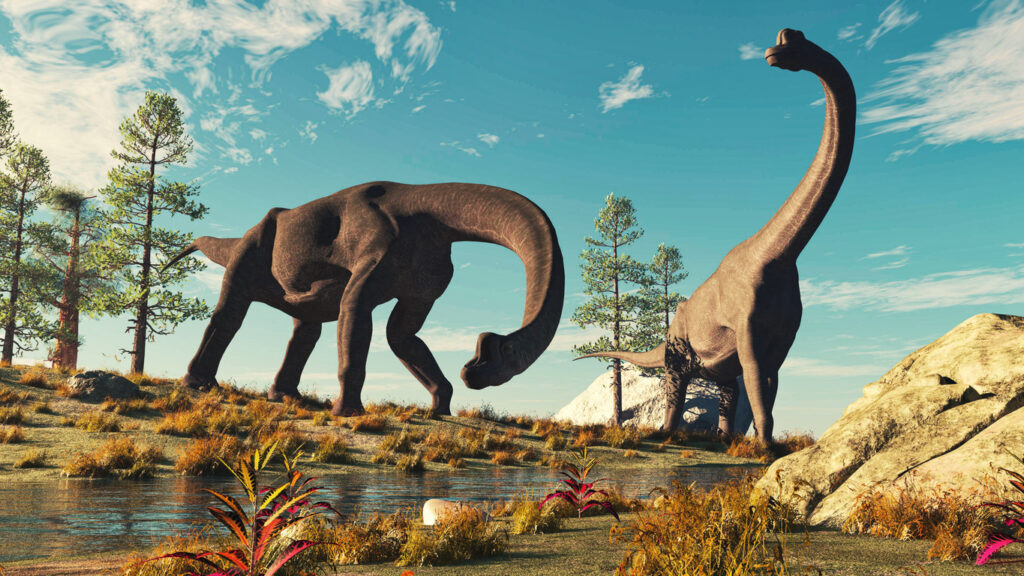
In a functioning Jurassic Park, the biggest challenge might be keeping people safe. A single enclosure breach could be catastrophic. But even if no one gets eaten, the sheer unpredictability of hosting giant reptiles with ancient instincts in a modern setting would make the entire operation a legal and logistical timebomb.
The real issue, though, is that it wouldn’t be safe for the dinosaurs either. From disease to habitat mismatch to emotional stress, these creatures would be out of place from the moment they hatched. It might be awe-inspiring to look at them—but it would likely be a miserable existence for the animals themselves.
So, could a real-life Jurassic Park ever work?
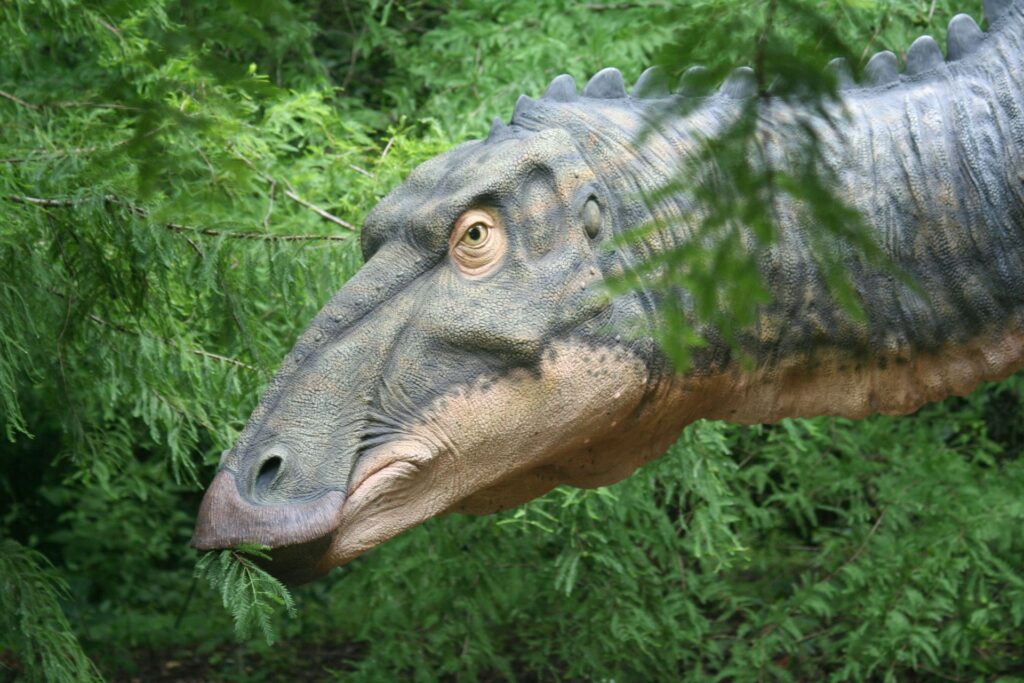
Technically? Maybe—eventually. Practically? Almost certainly not. There are too many scientific, logistical, ecological, and moral barriers standing in the way. A functioning dinosaur theme park is probably best left in the realm of cinema, where CGI creatures don’t get sick, escape, or require specialised veterinary care.
If anything, Jurassic Park wasn’t a how-to guide. It was a cautionary tale about what happens when we let curiosity run ahead of caution. The real lesson isn’t about dinosaurs at all—it’s about humility. We’re brilliant at pushing boundaries, but not always great at knowing when to stop. For now, it’s probably best we admire the dinosaurs from a safe distance—about 65 million years away.